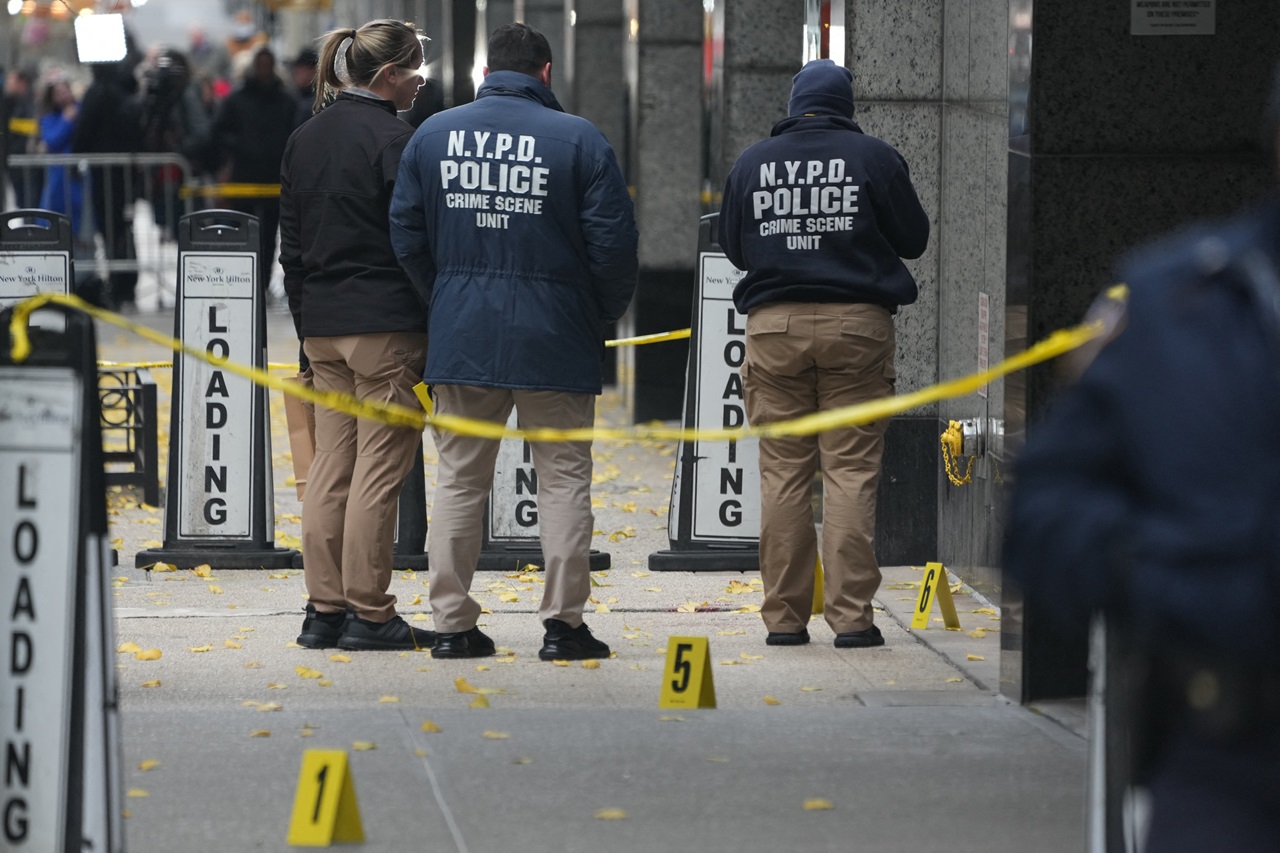
New migrant caravan shows no improvement in living conditions in the Northern Triangle
For the first time since Mexico signed the agreement with the United States to contain illegal migration, a migrant caravan left Honduras.
On Jan. 14, a migrant caravan left San Pedro Sula in Honduras for the north. It is the first since June of last year, when Mexico and the United States signed an agreement in which Mexico committed to receiving asylum seekers in the United States while they wait for their applications to be processed in the U.S. (which can take months or years) and to strengthening the surveillance of its borders (particularly the southern border, which it reinforced with 6,000 members of the National Guard).
The U.S., for its part, renounced considering Mexico as a safe third country (unlike what happened with Guatemala) and supported funding for the Central American Development Plan, a proposal by Mexican President Andres Manuel Lopez Obrador, which at the time came to be called the "Central American Marshall Plan."
The rather sound idea was to create more opportunities for work and economic development in the countries through which the caravans were passing (especially Honduras, El Salvador, Guatemala and Mexico) in order to discourage migration at its root: hunger. In López Obrador's original plan, these employment opportunities would come mainly from the construction of infrastructure (a frequent strategy to reactivate economies because it allows the hiring of large amounts of unskilled labor and moves other economic sectors, such as commodities) and a large reforestation program. A third branch of his proposal was to subsidize young people to be trained within companies, which would allow them to improve their skills and income levels over time.
Of the two sides of the coin, the one that was most implemented was the repressive one. Detentions of migrants began being called by the euphemism of "rescues" by the Mexican government in a logic that is partially true: this form of transit exposes migrants to very complex conditions of vulnerability between the risks of nature, human and drug traffickers, and the long rosary of adversities they face along the way.
However, it is one thing to save someone from certain death and another to have that person accumulate mold while waiting for the bureaucracy to remember to lay eyes on him or her.
On December 26, 2019, López Obrador presented the results of his program: the "rescue" of 59,843 people between May and December in Chiapas, Veracruz, Oaxaca, Tabasco, Campeche and Quintana Roo. According to other data, presented by El País, the number of "rescued" migrants could reach a surprising 280,000 people, of which 44% would be Hondurans, 27% Guatemalans and 11% Salvadorans.
Meanwhile, according to the same source, the Mexican Commission for Aid to Refugees (Comar) has only dealt with 3% of the 66,000 requests for refuge they have received.
RELATED CONTENT
With regard to the social component of the agreement, in the presentation of results the Mexican government reported that in El Salvador 1,250 people were benefiting from the Sembrando Vida reforestation program and in Honduras, 200. The Youth Building the Future program (in which they would be trained in companies) has 275 beneficiaries in El Salvador and 200 in Honduras. In Guatemala, due to the change of government, the program had not begun to be implemented. These data are in proportion when contrasted with the population of the countries: 6,643,000 people in El Salvador and 9,587,000 in Honduras.
Salvador Lacruz, incidence coordinator for the Fray Matias Human Rights Centre, told El País that in the last year "people have died in shelters and in migrant holding centres. African migrants have been attacked and children of pregnant mothers have died. There have even been shipwrecks on the coast of Chiapas," and in the meantime it is paradoxical "that there is money to pay for 6,000 soldiers deployed on the border but not to expand the Comar by ten or twelve people," which is working overtime and does not even have money for translators now that there are also a significant number of Africans trapped at the borders.
Although these few numbers bring to light the shortcomings of López Obrador's "Marshall Plan," surely the 200 Hondurans who are living better thanks to the reforestation program are grateful. That one less stomach on the planet goes to bed without hunger every night is not something that can be underestimated.
The solution to the social conditions that lead to mass migration is, above all, the responsibility of the countries of origin. Not because the receiving countries do not have the humanitarian duty to be as supportive as possible, but because the duty of democratic governments is to guarantee the rights of their citizens. We must therefore review the policies of the countries of the northern triangle in order to improve the quality of life of their citizens.
But, in the meantime, the repressive approach adopted by the López Obrador government to satisfy the requests of the government of President Donald J. Trump (and thus avoid potential trade sanctions) is having an enormous human cost.
And hunger, which is always faster than bureaucracy, has driven 600 more people out, as in the Manu Chao song, onto the road.











LEAVE A COMMENT:
Join the discussion! Leave a comment.